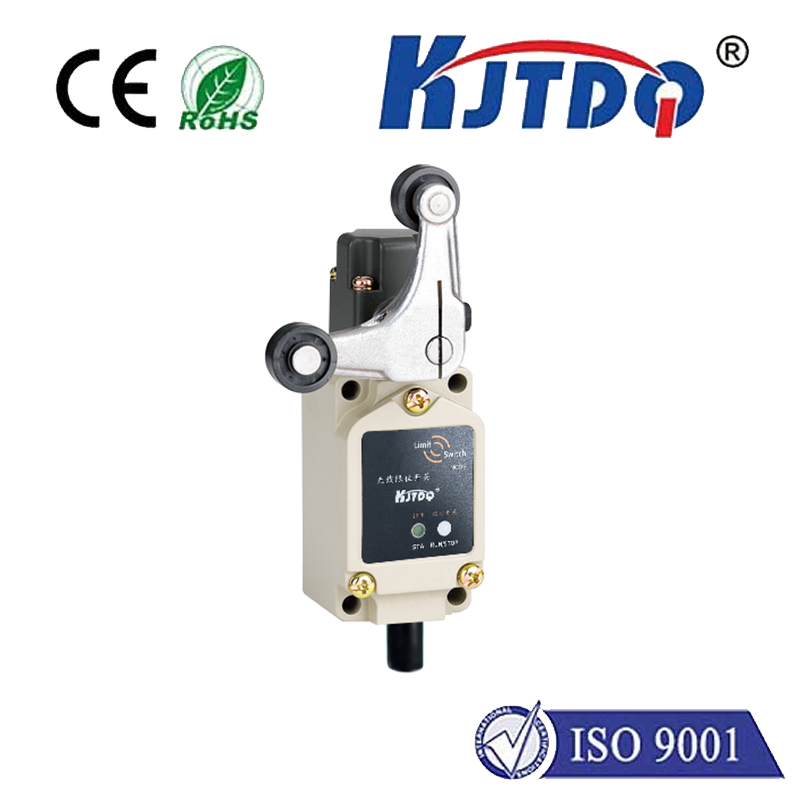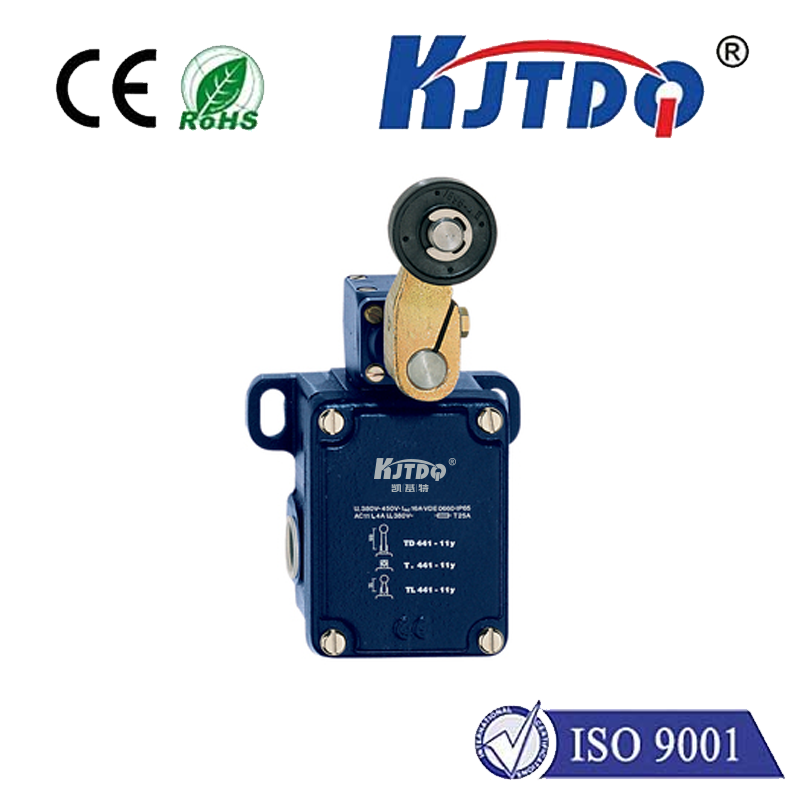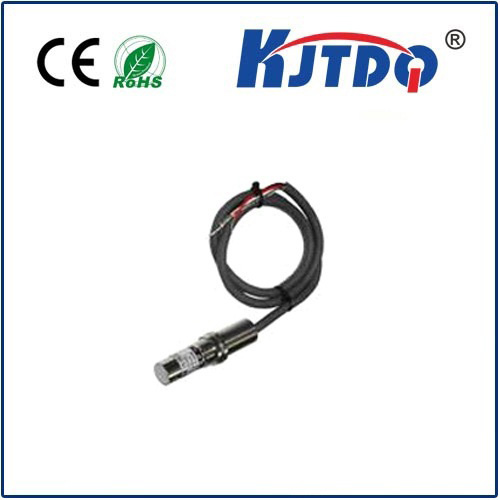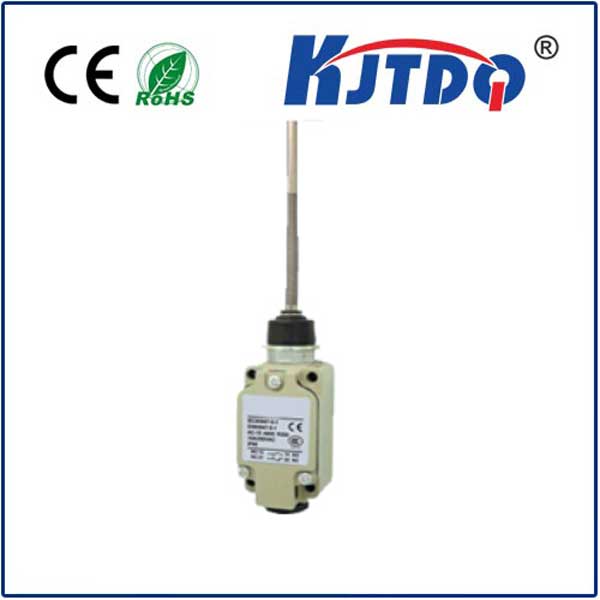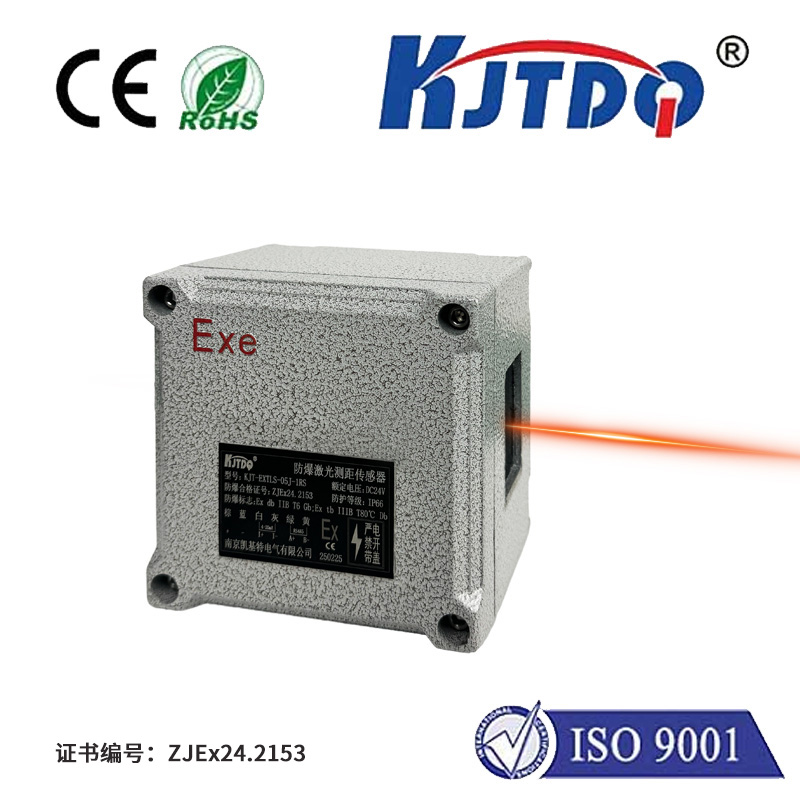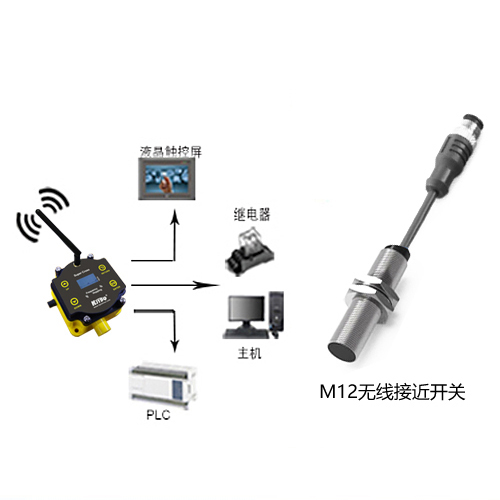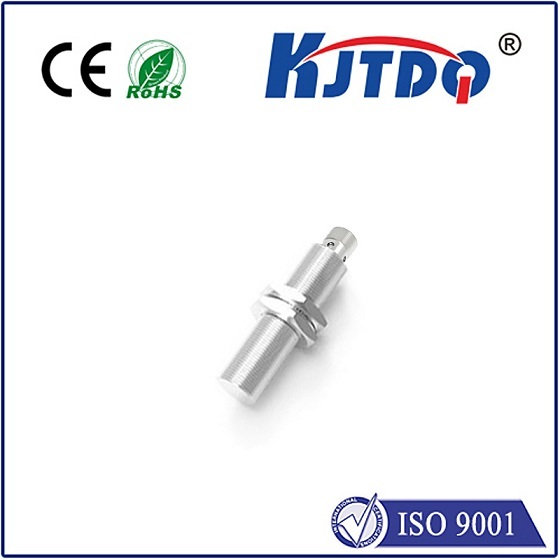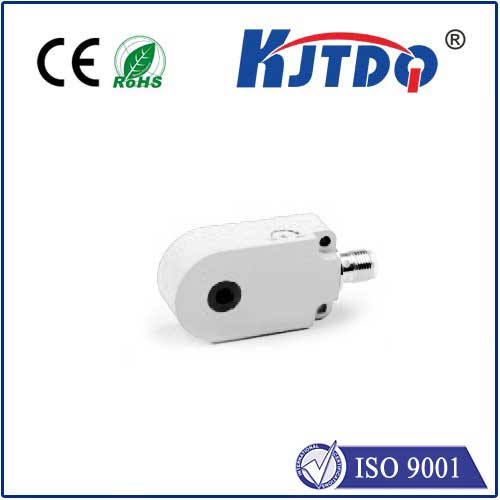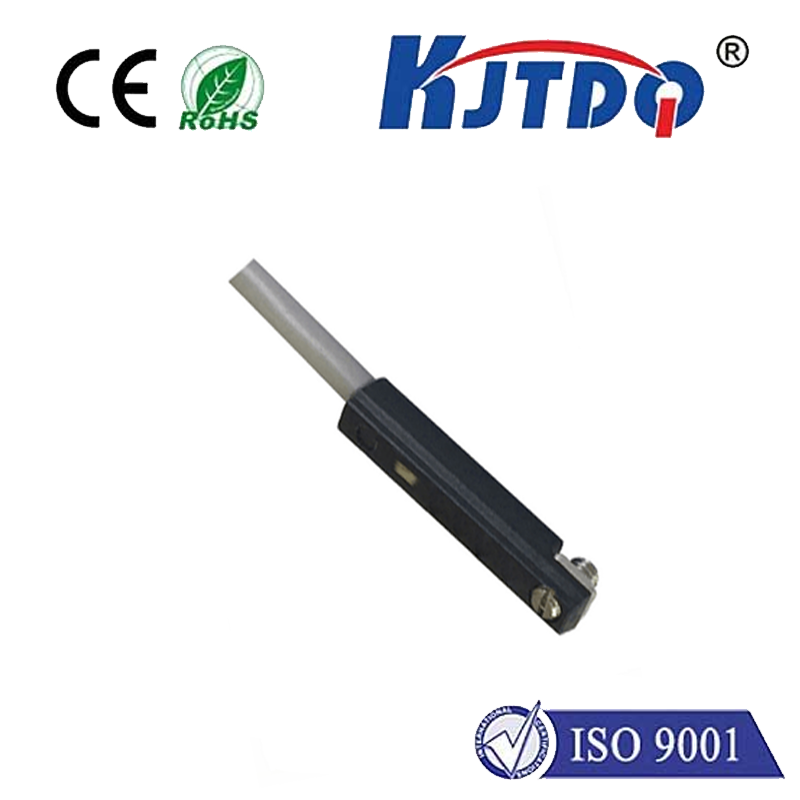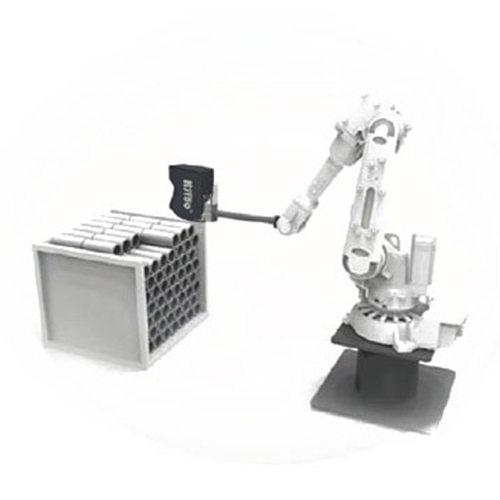touch probe sensor
- time:2025-08-22 01:43:04
- Click:0
Touch Probe Sensors: The Silent Precision Enablers in Modern Manufacturing
Imagine a surgeon performing delicate microsurgery without tactile feedback or a watchmaker assembling intricate movements blindfolded. In the high-stakes world of precision manufacturing, operating complex CNC machine tools or Coordinate Measuring Machines (CMMs) without knowing the exact position of your tools or parts would be equally fraught with risk. Enter the touch probe sensor, an often-overlooked but fundamentally critical component that provides the essential “sense of touch” to automated systems, enabling unprecedented levels of accuracy, efficiency, and automation. This unsung hero quietly underpins modern quality control, efficient production, and intricate part fabrication.
Understanding the Core Principle: A Delicate Touch
At its essence, a touch probe sensor functions as a highly precise, programmable switch. It consists of a sensitive stylus (often tipped with ruby or another wear-resistant material) mounted on a mechanism designed to detect minute deflection. When the stylus tip makes physical contact with a workpiece, fixture, or tool, this mechanism triggers an electrical signal. This signal is instantly transmitted back to the machine’s controller, which records the exact X, Y, Z coordinate at the moment of trigger. This principle, seemingly simple, unlocks a vast array of capabilities that transform how machines interact with the physical world.
Where Touch Probes Shine: Key Applications

The versatility of touch trigger probes sees them deployed across various critical functions:
- Automated Workpiece Setup & Zeroing: Finding the exact position and orientation of a raw part clamped in a CNC machine is traditionally time-consuming and prone to human error. Probes automate this by probing key datums on the part surface, allowing the CNC controller to precisely establish the workpiece coordinate system within seconds, significantly reducing setup time and improving first-part accuracy.
- Tool Setting & Breakage Detection: Measuring tool length and diameter manually after every change halts production. Touch probes mounted in the machine spindle or on the table automatically measure tools after loading. Crucially, they can check tools between machining operations to detect broken tools instantly, preventing catastrophic damage to expensive parts and fixtures and saving costly scrap material. This automated tool measurement is a cornerstone of lights-out machining.
- In-Process & Post-Process Inspection: While dedicated CMMs are common, CNC machines equipped with probes can perform sophisticated inspection tasks directly on the machine tool. This on-machine inspection capability allows manufacturers to check critical dimensions immediately after machining, without moving the part. Detecting out-of-tolerance conditions early saves significant downstream rework or scrap costs and provides invaluable real-time process feedback.
- CMM Integration: On Coordinate Measuring Machines, touch probes are the primary data collection devices. Highly refined versions perform intricate scans of complex geometries with micron-level accuracy, feeding data into metrology software for detailed analysis against CAD models, ensuring components meet the strictest quality standards.
- Fixture & Tooling Verification: Ensuring fixtures are correctly positioned and undamaged before machining begins is vital. Probes can quickly verify fixture locations and orientations, preventing costly crashes and ensuring consistent part quality.
The Tangible Benefits Driving Adoption
The integration of touch probe sensors delivers compelling advantages:
- Dramatically Reduced Setup Time: Automating workpiece alignment and tool measurement slashes non-cutting time, increasing machine utilization and overall throughput.
- Enhanced Part Accuracy & Consistency: Eliminating manual measurement errors and ensuring precise workpiece/tool positioning leads directly to improved part quality and tighter tolerances.
- Increased Machine Uptime & Productivity: Faster setups, automated tool checks, and the ability to run unmanned shifts (lights-out manufacturing) significantly boost productivity.
- Reduced Scrap & Rework Costs: Early detection of tool breakage, material defects, or out-of-tolerance features minimizes waste and associated costs.
- Improved Process Control: On-machine inspection provides immediate feedback, allowing operators to make real-time adjustments to the machining process, enhancing overall quality control.
- Protection of Machine & Fixtures: Tool breakage detection prevents expensive crashes, safeguarding the machine’s spindle, tool holders, and delicate workholding fixtures.
Choosing the Right Touch Probe Sensor: Factors to Consider
Selecting an appropriate probe involves understanding specific application requirements:
- Machine Integration: Compatibility with the specific CNC or CMM controller is paramount (e.g., compatibility with systems like Renishaw probes or alternatives). This includes communication protocols and interface requirements.
- Accuracy & Repeatability: These are fundamental specifications. Repeatability (how consistently the probe triggers at the same point) is often more critical in manufacturing setups than absolute accuracy, though both are vital for CMMs. Specifications are typically in microns (µm).
- Stylus Configuration: Length, material, and tip diameter must be chosen to access part features without deflection errors or collisions. Complex setups often require articulating probe heads for multi-angle measurements.
- Triggering Force & Over-Travel: The force required to deflect the stylus and trigger the signal, and how far it can deflect safely afterwards. Lower triggering forces are gentler on delicate parts.
- Environmental Factors: Consider coolant exposure, chips, vibration, and ambient temperature. Many modern machine tool probes feature robust designs and sealed electronics to withstand harsh workshop conditions.
- Transmission Method: Options include wired (directly through the tool holder), optical transmission (using infrared beams), or radio transmission. Wireless options like radio transmission probes offer excellent flexibility and range.
More Than Just a Sensor: A Catalyst for Automation
The touch probe sensor is far more than a simple switch; it’s an essential enabling technology for modern, automated, high-precision manufacturing. By providing machines with a reliable and accurate “sense of touch,” these probes unlock capabilities that drive efficiency, enhance quality control, protect valuable equipment, and make sophisticated processes like unmanned machining viable. From reducing setup headaches to enabling complex in-process inspection, the touch trigger probe quietly delivers the foundation of precision upon which countless industries rely. Its role as a silent precision enabler is indispensable, constantly pushing the boundaries of what’s achievable in manufacturing and metrology.






